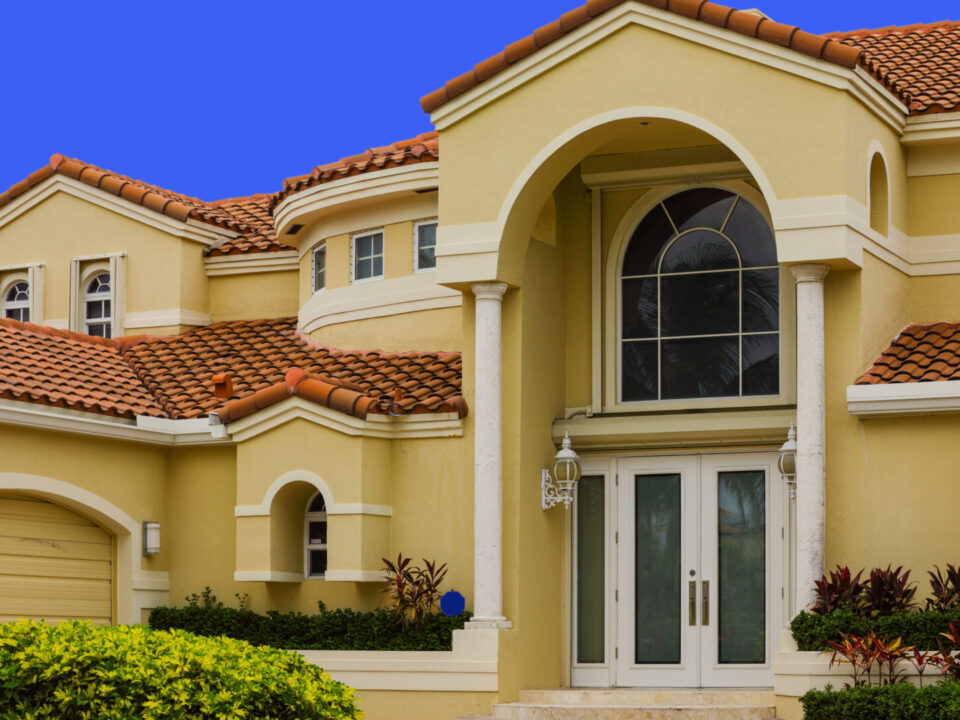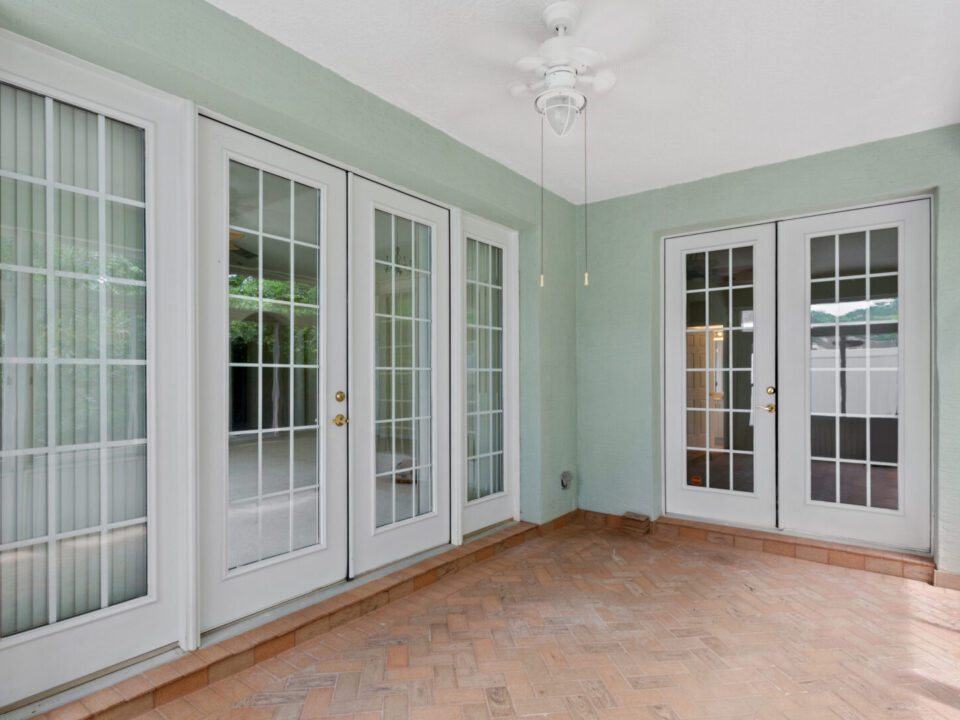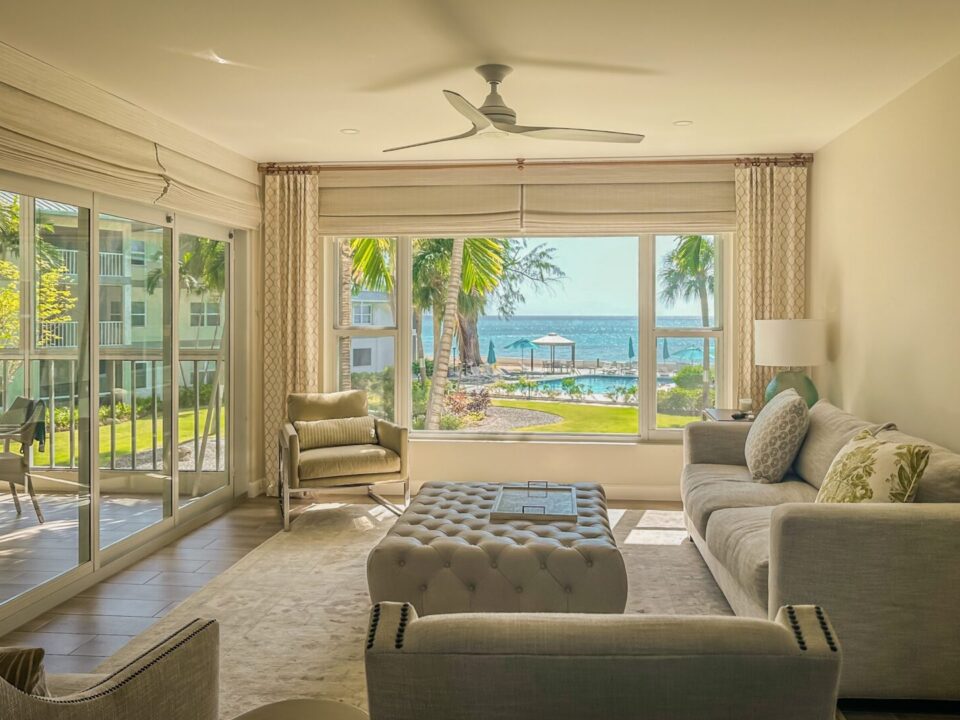10 Surprising Hurricane Damage Facts You Didn’t Know
September 30, 2019
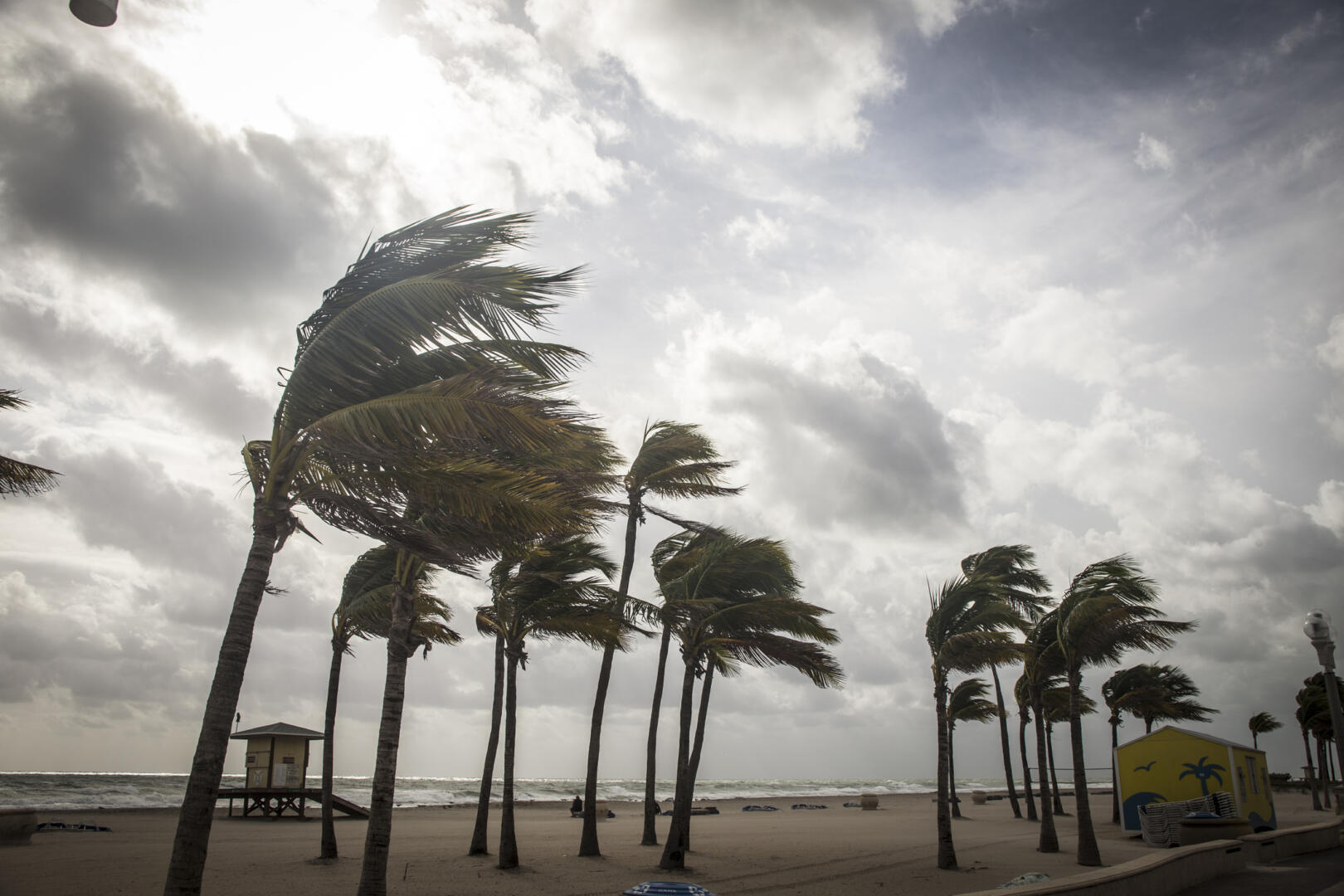
Most people, particularly Florida residents, know that hurricanes are one of the most damaging natural disasters in the world. However, there are a few facts concerning hurricane damage of which you may not be aware. The experts here at ARMORVUE Window & Door have taken the time to compile a short list with some of these facts, to increase awareness and to help you better prepare for hurricane season.
Fact # 1: High winds are the leading cause of structural damage directly attributed to hurricanes themselves.
The hurricane category scale, also known as the Saffir-Simpson wind scale, estimates potential property damage based on a hurricane’s sustained wind speed. A Category 1 hurricane has sustained wind speeds between 74 and 95 mph. Category 2 hurricanes have sustained wind speeds between 96 and 110 mph. Hurricanes with wind speeds above 100 mph are considered a major hurricane. With a Category 3 hurricane, there will be sustained wind speeds between 111 and 129 mph. Wind speeds between 130 and 156 would classify a hurricane as a Category 4, and anything above 157 mph is considered a Category 5.
Fact #2: Even though Category 1 and 2 hurricanes are not considered major hurricanes, they can still cause costly and extensive damage.
With a Category 1 hurricane, you may find yourself with damage to your roof, shingles, vinyl siding, and gutters. Large branches from a tree could easily snap off, and some trees may even be toppled onto your house. With Category 2 hurricanes, you will likely have extensive damage to your home, such as major roof damage. The probability, quantity, and severity of damage only increases when the hurricane moves up to a Category 3. With a Category 4 hurricane, catastrophic damage will occur. Well-built homes will lose most of the roof structure, and possibly some exterior walls. Large trees can be uprooted and land on your house. Most areas will be uninhabitable for weeks, if not months, after a Category 4 hurricane strikes. Lastly, with a Category 5 hurricane there is total roof failure and wall collapse. A high percentage of framed homes are destroyed.
Fact #3: Hurricanes that aren’t classified as a Category 5 can still cause just as costly of damages.
Though Hurricane Harvey was a Category 4 hurricane when it made landfall and Hurricane Katrina was a Category 5, Hurricane Harvey is tied for first place along with Katrina for the costliest hurricane in the United States, with $125 billion of damages each.
Fact #4: Weak and weakened hurricanes can still cause major flooding and damages.
Even if a hurricane is weak or has been weakened, a Category 4 that got downgraded to a Category 2 can still cause major damage as we outlined above.
Fact #5: Hurricanes bring other natural disasters that can cause further damage to your home.
Flooding, tornadoes, and storm surges are common byproducts of hurricanes, and each one comes with their dangers. While we have all seen images of the devastation left behind by a tornado, storm surges are often the bigger risk. Storm surges are often classified as the greatest threat to life and property from a hurricane, causing more damages than the winds themselves. A storm surge is a rise of water that is over and above the predicted astronomical tides, with can cause extensive flooding, and just an inch of floodwater in your home can end up costing you $7,800 in damages.
Fact #6: 114 hurricanes have struck Florida since 1851
Overall, the United States has been struck by hurricanes 281 times. Florida is the state that gets hit the most, followed by Texas with 63 hurricanes and Louisiana with 54.
Fact #7: Of the 114 hurricanes that have struck Florida, 37 of those were classified as major hurricanes.
Fact #8: Hurricanes can indirectly cause damage hundreds of miles from where the storm originally makes landfall.
Fact #9: If one of your windows breaks, the change in pressure inside your home is enough to blow the roof off your house
Fact #10: There are ways to reduce the potential for damages from a hurricane.
Windows are typically the weakest point of your home. If flying debris hits one of your windows and breaks, your home will be completely vulnerable. Not to mention that, as we mentioned above, if one of your windows breaks the change in pressure inside your home can blow the roof right off your house.
Hurricane impact windows are a great way to drastically reduce the potential for damage from hurricane-force winds. Our windows are built specifically to withstand Category 5 hurricanes and winds up to 190 mph. When severe weather strikes, our windows will keep you and your loved ones safe. To learn more about what our replacement windows can do for your home, give us a call today. One of our leading experts will be more than happy to help answer any and all questions you may have.
Tags
Get Started Now With A Free Quote!
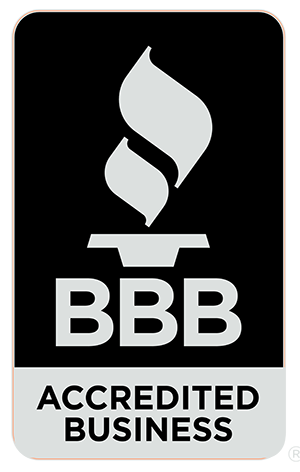
Recent News
Proudly Made In The Usa
We support our troops. Please ask about our veterans discount.
Our Process

Schedule Appointment
Call or fill out a form on our website to schedule your free in-home or showroom appointment.

APPOINTMENT / CONSULTATION
Meet with an ARMORVUE Expert to discuss our custom made products that are best suited for your home and design needs.

Pre-Install Inspection
Our technician will visit your home before your project begins to ensure accuracy of measurements. ARMORVUE will assist in obtaining HOA approval and will provide all necessary permits.

Installation
Our factory trained professionals will expertly install your custom products so you can enjoy your investment for years to come.

FINAL INSPECTION
Final inspection will be scheduled after install completion and receipt of final payment. All ARMORVUE products are proudly backed by our Lifetime Limited Transferable Warranty.















